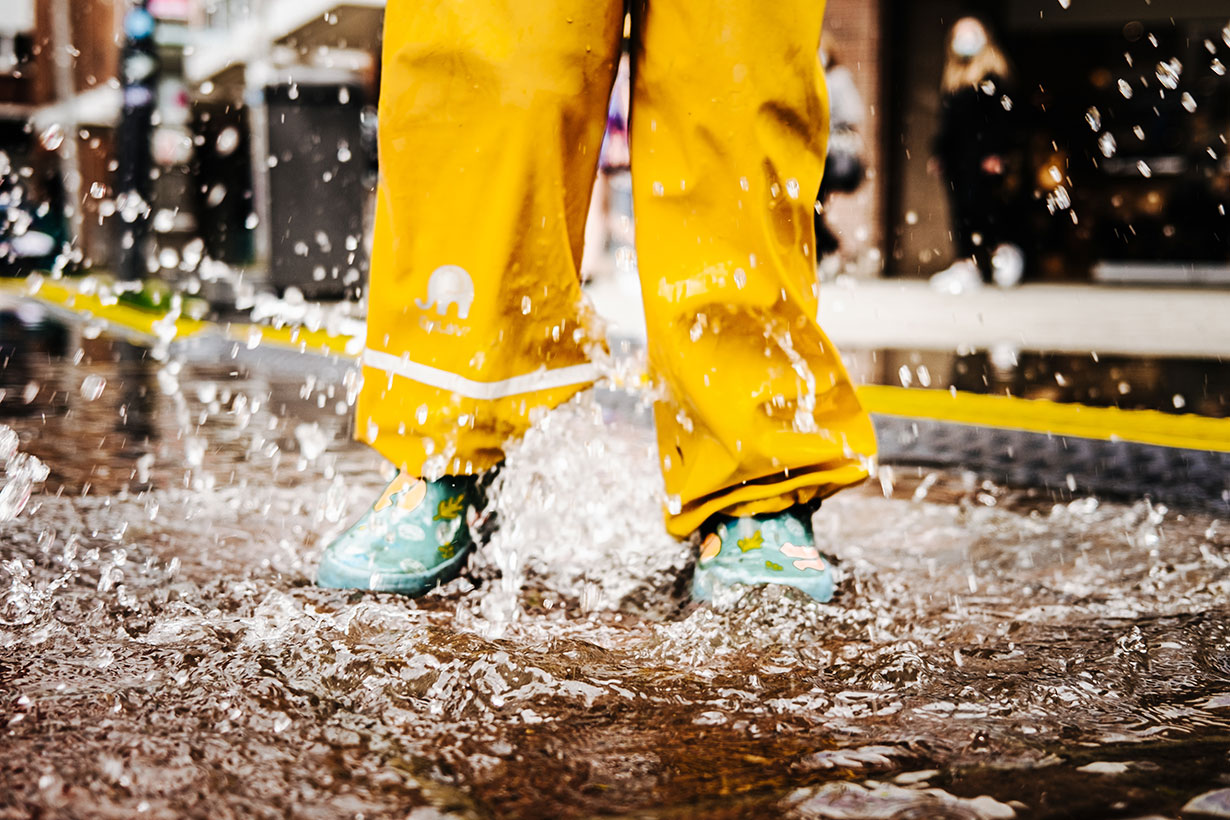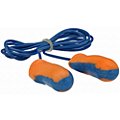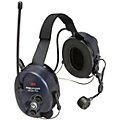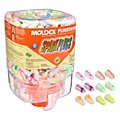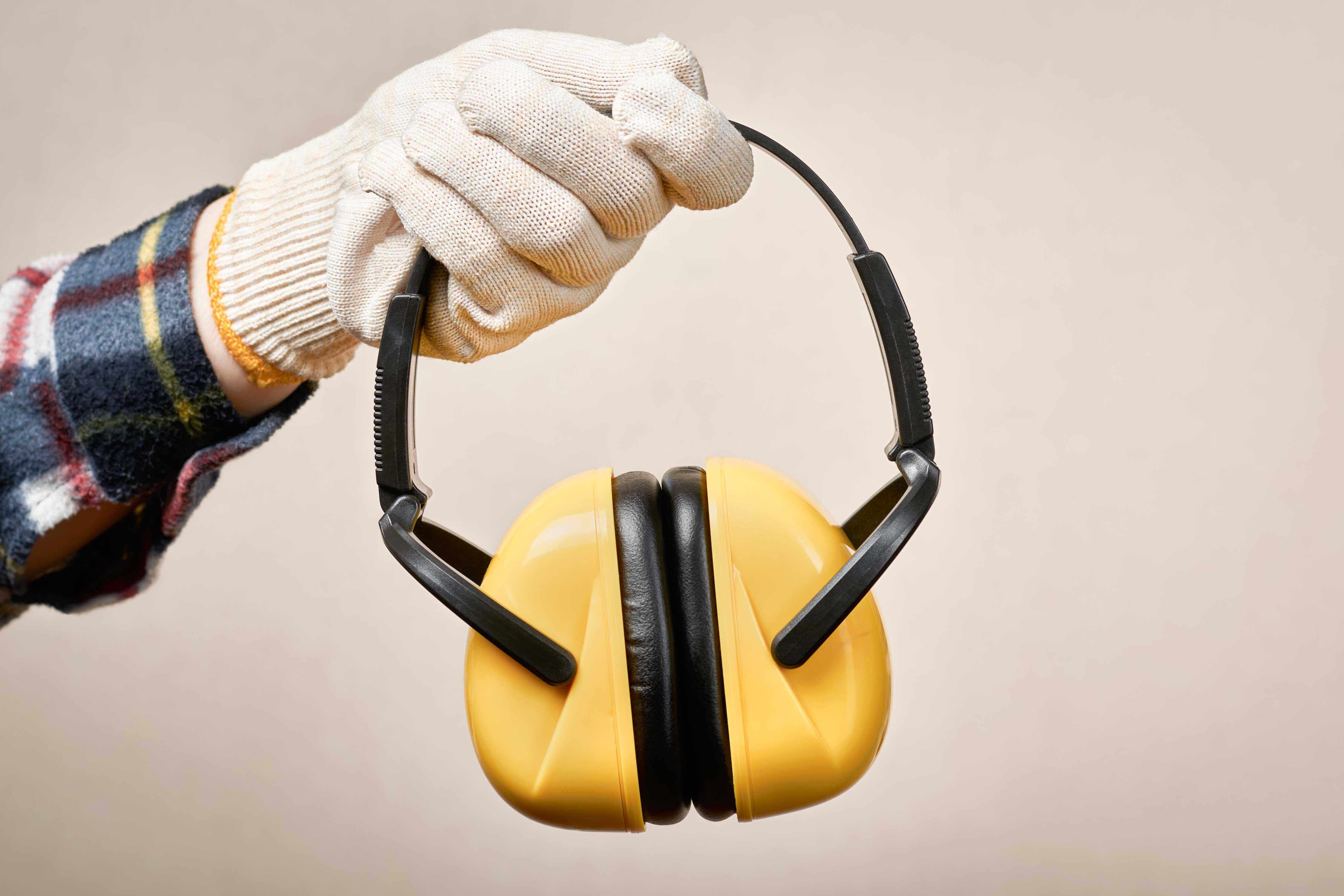

Is Your Job Putting Your Hearing at Risk?
By Grainger Editorial Staff 8/20/25
Noise and chemical exposure are common but often overlooked workplace risks. Learn how they affect hearing and review OSHA and NIOSH guidance on protection, safe practices, and prevention to create a safer work environment.
A noisy workplace isn’t just aggravating — it can be downright hazardous to your health.
Occupational hearing loss is among the most common work-related illnesses. Noise exposure has long been considered a major occupational hazard for certain industries like construction, mining and manufacturing. Now, research from the National Institute for Occupational Safety and Health (NIOSH) indicates workers from other sectors such as food service, hospitality, healthcare and education are unknowingly putting themselves at risk of hearing loss on the job every day.
A 2021 NIOSH study analyzed the noise exposure data of adult U.S. workers in 2007 and 2014 and found that more than half (53%) of noise-exposed workers did not consistently use hearing protection devices (HPD) when exposed to dangerous occupational noise. Researchers also found female workers, younger workers (ages 18-25) and smokers had a significantly higher occurrence of not using hearing protection. The study published in the American Journal of Industrial Medicine used National Interview Surveys to examine hearing protection usage and the noise exposure of nearly 40,000 adult current U.S. workers.
Although occupational hearing loss can be permanent, there are simple ways employers and workers can work together to help protect hearing.
Hearing Risks on the Job
Workers across nearly every industry are at risk of hearing loss. According to NIOSH, over 12% of the working population experiences hearing difficulty, and approximately one out of four cases of worker hearing loss is due to work-related exposures.
Noise exposure can cause hearing loss in two primary ways:
- long-term, continuous exposure to loud sounds over time
- a single exposure to a very high-level pulsating sound
Noise is considered dangerous when it reaches 85 decibels or higher. Repeated overexposure to noise at or above 85 dBA can cause permanent hearing loss, tinnitus and make it difficult to understand speech. Hearing loss has also been associated with several adverse health effects, including cognitive decline and dementia.
However, noise is not the only workplace risk factor for hearing loss. NIOSH estimates that over 30 million U.S. workers across industries are exposed to chemicals at work that can cause hearing loss regardless of noise exposure.
Research has shown that exposure to chemicals called ototoxicants found in certain pesticides, solvents and pharmaceuticals can negatively impact how your ear functions, causing hearing loss and even balance issues. Hearing loss risks increase when workers like machinists or firefighters are exposed to these hazardous chemicals while working in noisy environments. This type of hearing loss can be temporary or permanent, depending on the level of noise, the amount of the chemical and the exposure duration.
Ototoxicants include:
- Solvents
- Pharmaceuticals
- Asphyxiants
- Nitriles
- Metals and compounds
Industries at Risk for Ototoxicants
Industries possibly using ototoxicant chemicals include manufacturing, construction, agriculture, mining and utility companies. Different manufacturing sectors are also at risk of exposure to hazardous chemicals, including:
- Fabricated metal and machinery
- Textile, apparel and furniture
- Petroleum, chemicals and paints
- Furniture manufacturing
- Electrical equipment, appliances and components (batteries, solar cells)
There is growing concern among health and safety professionals that hearing loss may go underreported for a variety of reasons. For example, audiometric tests can indicate hearing impairments; however, they can't differentiate between noise and chemical causes. Several studies have indicated that ototoxic chemicals like certain solvents may increase the risk of noise-induced hearing loss even though workplace noise levels are below OSHA's Permissible Exposure Limit (PEL).
How Employers Can Help
OSHA’s Noise Standard requires employers to reduce noise exposure through a combination of engineering and administrative controls and Hearing Protection Devices (HPDs) according to exposure limits specified in Table G-16 and Table G-16A of 29 CFR 1910.95(b)(1).
Companies can help workers overcome barriers to hearing protection use by ensuring that all workers have access to hearing protection that is comfortable and safely protects them from noise hazards so that they can hear speech and other important workplace signals.
There are several ways employers can help reduce workplace noise exposure. First, workers should always wear hearing protection like earplugs or earmuffs in noisy areas. It’s also important that workers take regular breaks from noisy activities to help reduce time spent in noisy areas. Installing sound barriers and enclosing noisy areas can help reduce noise levels. Keeping music and other audio volume at a safe level and using quieter, well-lubricated equipment are important administrative controls to help lower workplace noise.
Using non-toxic chemicals and wearing protective clothing can help reduce chemical exposures that can potentially damage hearing. Workers should wear gloves, long sleeves, eye protection, use a respirator or other PPE as needed, and follow all chemical safety instructions.
NIOSH provides noise exposure guidelines to help reduce occupational noise-induced hearing loss and recommends using a sound level meter to measure noise levels in the workplace. Sound level meters measure noise levels at a particular time. Noise dosimeters measure an employee’s direct noise exposure over a specific period of time, such as an 8-hour workday. They work by storing sound level measures and then providing an average noise exposure reading.
![]() Frequently Asked Questions
Frequently Asked Questions
According to OSHA, noise may be a problem in your workplace if you:
- Hear ringing or humming in your ears after you leave work.
- Must shout to be heard by a coworker at an arm’s length (3 feet) away.
- Experience temporary hearing loss when leaving work.
You can check the noise level using a sound level meter or ask your safety manager or supervisor to check the noise levels in your workplace to help ensure they are below 85dBA.
The OSHA standard 1910.95(b)(1) states when employees are exposed to sound levels over 85 decibels (dB), administrative or engineering controls should be utilized. If such controls fail to lower sound levels, hearing protection should be provided at no cost to the employees and used to help reduce noise levels. According to OSHA’s standards, employers must have a hearing conservation program “when noise exposure is at or above 85 decibels averaged over 8 working hours, or an 8-hour time-weighted average (TWA).” But this doesn’t mean you have to have 8 continuous hours of loud sound to be considered hazardous noise exposure. Total occupational noise exposure is averaged. For example, if you have just two hours of very loud noise exposure at 100 dB in an otherwise quiet workplace, you’ve still met that 8-hour average threshold. View OSHA Standard 1910.95 and table G-16 for more information about applicable noise exposure limits.
Some related OSHA regulations under 1910.95(i) include:
- Employees shall be given the opportunity to choose their own hearing protection from a variety of suitable hearing protectors provided by the employer.
- Employers shall provide training in the use and care of all hearing protectors provided to employees.
- Employers shall ensure proper initial fitting and supervise the correct use of all hearing protection.
According to OSHA, hearing protectors must be replaced as necessary, and their replacement must also be paid by the employer. PPE like earplugs and earmuffs have a limited life span. As hearing protectors wear out, their noise reduction properties are reduced so it’s important to regularly inspect all hearing protection prior to use.
Earplugs that cannot be cleaned must be replaced. Most foam earplugs should be changed every day or two, especially in dusty or oily environments.

Safety Management
6 Tips to Help Prevent Slips, Trips and Falls
Identify the fall hazards in your workplace and implement a fall safety program. Check out these tips from Grainger so you can mitigate risk.
![]() Our Latest KnowHow
Our Latest KnowHow
The information contained in this article is intended for general information purposes only and is based on information available as of the initial date of publication. No representation is made that the information or references are complete or remain current. This article is not a substitute for review of current applicable government regulations, industry standards, or other standards specific to your business and/or activities and should not be construed as legal advice or opinion. Readers with specific questions should refer to the applicable standards or consult with an attorney.


